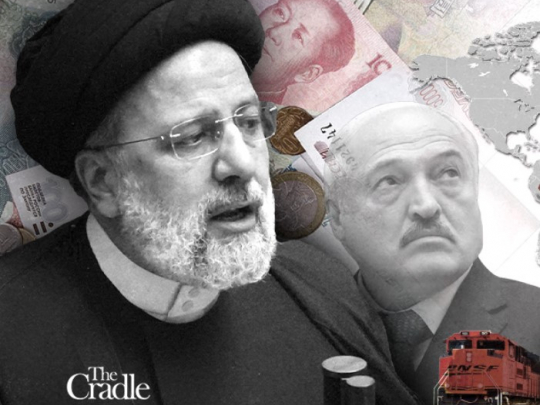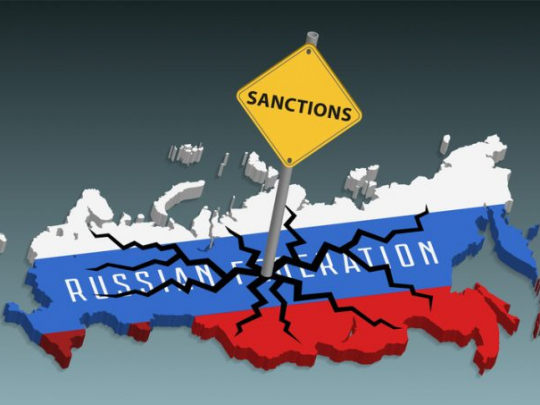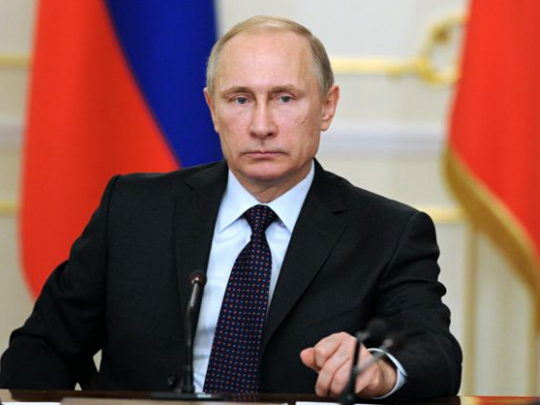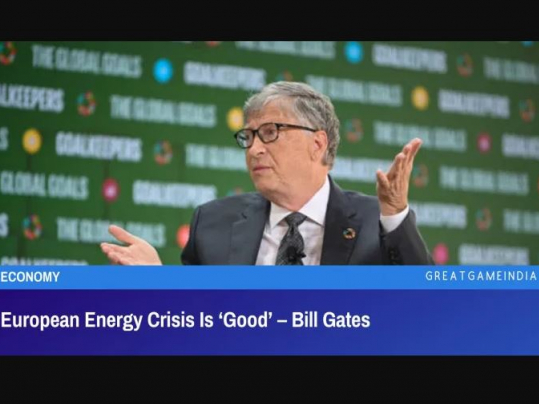Timeline Of Sri Lanka’s Economic Crisis
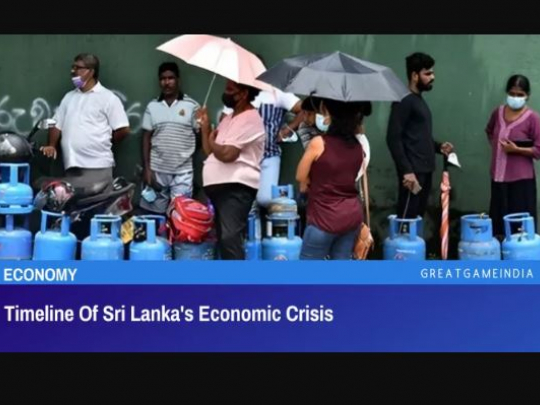
Sri Lanka’s current economic crisis has emerged as a result of years of poor economic management. The timeline below considers the factors behind it.
Sri Lanka is currently experiencing a severe economic and political crisis that recently resulted in a default on debt payments. Additionally, the nation’s foreign exchange reserves are almost depleted, which limits its ability to buy imports and increases domestic prices for goods.
There are several reasons for this crisis, and the economic turmoil has spawned widespread unrest and bloodshed. This graphic explains some of the contributing factors to Sri Lanka’s current predicament.

A Timeline of Events
Sri Lanka’s current issues have emerged as a result of years of poor economic management. Here is a brief timeline that just considers a few recent factors.
2009
After the end of the nation’s long civil war in 2009, the government’s attention shifted to domestic production. However, the reliance on imports increased as local sales and production were prioritized over exports.
2019
Unexpected income tax reductions in 2019 drained the already cash-strapped nation by causing massive losses in government revenue.
2020
One of Sri Lanka’s most lucrative industries was crippled by the COVID-19 pandemic, which forced border closures across the globe. Prior to the epidemic, in 2018, tourism produced more than 388,000 jobs and contributed over 5% of the nation’s GDP. Over 40,000 jobs had already been lost by 2020, and tourism’s GDP contribution has fallen to 0.8 %.
2021
The Sri Lankan government recently banned chemical fertilizers made abroad. The ban was implemented to stop the nation’s foreign currency reserves from being drained.
However, a huge crop failure occurred since farmers could only access local, organic fertilizers, forcing Sri Lankans to depend even more heavily on imports and severely depleting reserves.
April 2022
Massive demonstrations demanding the resignation of President Gotabaya Rajapaksa started in Colombo, the capital of Sri Lanka, at the beginning of April this year.
May 2022
Pro-government supporters attacked protesters viciously in May. Then, President Rajapaksa’s brother and former prime minister Mahinda Rajapaksa resigned and was succeeded by Ranil Wickremesinghe.
June 2022
As food prices continue to rise, the government just allowed a four-day work week to provide citizens an extra day to grow their own food. In May, the cost of food climbed by more than 57 percent.
The already dire situation in Sri Lanka has been made worse by the rising grain costs brought on by the conflict in Ukraine and the global increase in fuel prices.
The Key Information
“Our economy has completely collapsed.”
– PRIME MINISTER RANIL WICKREMESINGHE TO PARLIAMENT LAST WEEK.
The dependence on imports and the amount spent on them are two of the key factors contributing to Sri Lanka’s economic crisis. Let’s look at the statistics:
- 2021 total imports = $20.6 billion USD
- 2022 total imports (to March) = $5.7 billion USD
On the other hand, the country’s most recent reported foreign exchange reserve levels were at an appalling $50 million, down an astounding 99 percent from $7.6 billion in 2019.
According to the nation’s central bank, a few of the biggest imports in 2021 were:
- Refined petroleum = $2.8 billion
- Textiles = $3.1 billion
- Chemical products = $1.1 billion
- Food & beverage = $1.7 billion
Of course, Sri Lankans face an increasingly dire position without the capital to purchase these items from abroad.
Sri Lanka has also racked up a sizable amount of debt, which makes it even more difficult for them to raise their reserve level. They just missed a payment on a $78 million loan from international creditors, and they have borrowed $50.7 billion overall.
Market borrowings account for the vast majority of their debt, closely followed by loans received from the Asian Development Bank, China, and Japan, among other lenders.
What it Means
More than 22 million people live in Sri Lanka, but they are rapidly losing their ability to buy basic necessities. By the end of May, consumer inflation was at 39%.
Schools are currently closed, leaving kids without anywhere to go during the day, as a result of power outages intended to conserve energy and fuel. In spite of police use of tear gas and opposition from President Rajapaksa’s supporters, protesters demanding for the president to step down have been camped out in the capital for months. Many of the protesters have also reacted violently to opposition.
The International Monetary Fund just visited the nation to discuss a bailout, and India and China have agreed to contribute aid. The government has also dispatched ministers to Russia to negotiate a deal for discounted oil imports.
A Foreshadowing for Low Income Countries
Foreign currency is required by governments in order to make international purchases. Without the ability to buy or borrow foreign currency, the Sri Lankan government is unable to import fuel and basic foods, which drives up domestic prices.
In addition, missed loan payments discourage foreign direct investment and weaken the currency, making it more difficult to borrow money in the future.
As the likelihood of debt crisis rises globally, what is happening in Sri Lanka might be a foreboding sign of what is to come in other low- and middle-income countries.
The G20 countries undertook the Debt Service Suspension Initiative (DSSI), suspending almost $13 billion in debt from the start of the pandemic until late 2021.
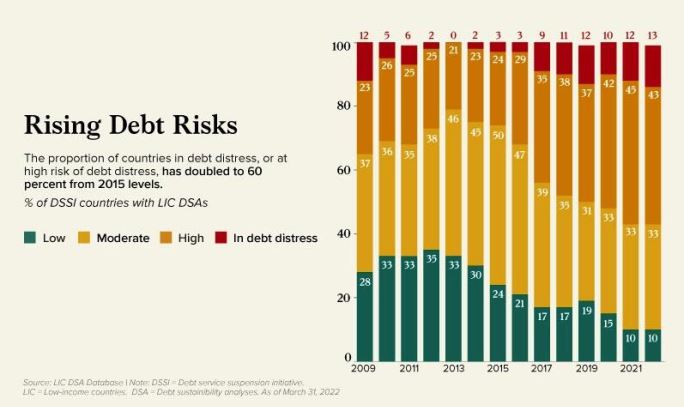
To mention a few, DSSI and LIC countries at high risk of financial distress include Zambia, Ethiopia, and Tajikistan.
Future actions taken by Sri Lanka in dealing with this problem will either be a beneficial test for other susceptible countries or a warning that has to be heeded.
- Source : GreatGameIndia




